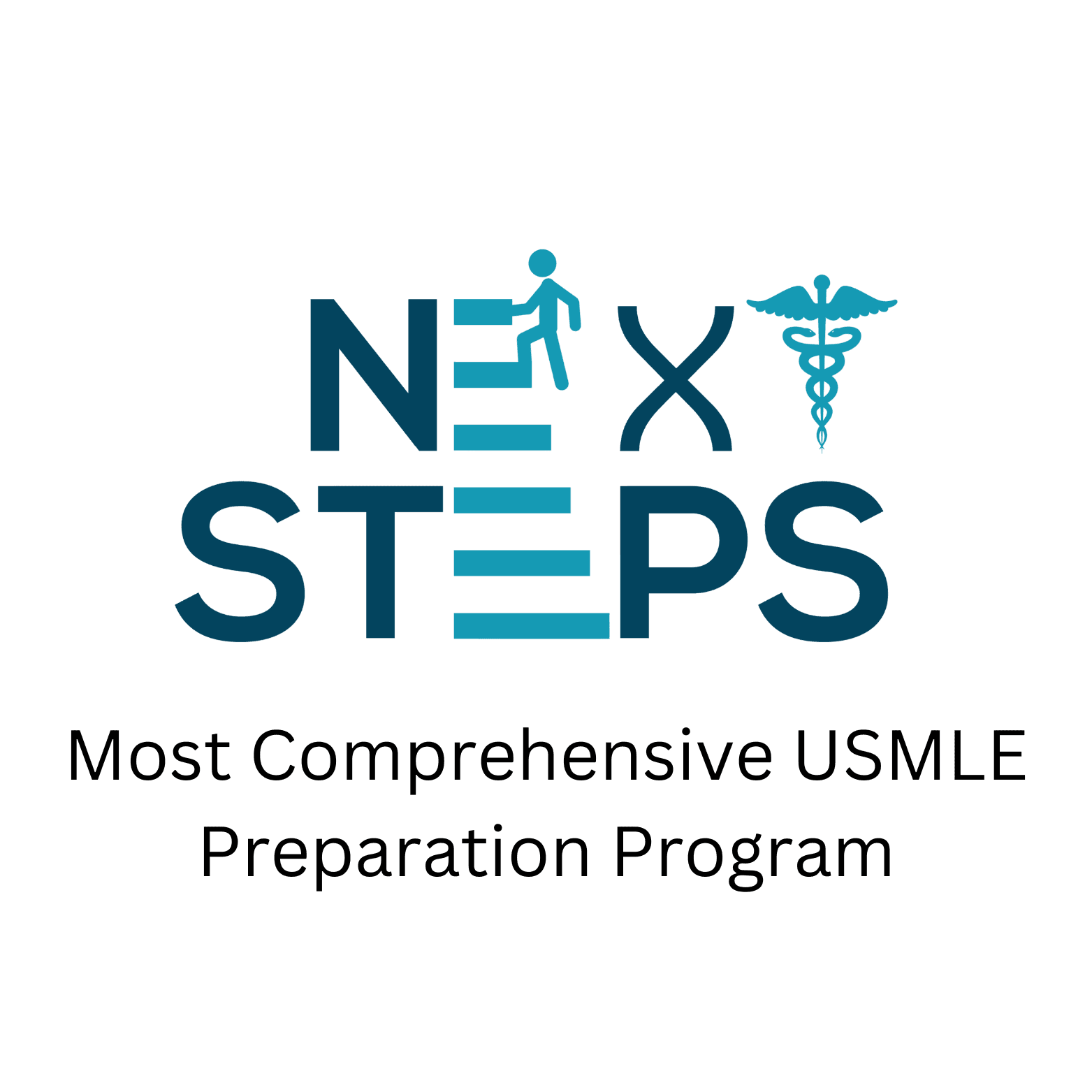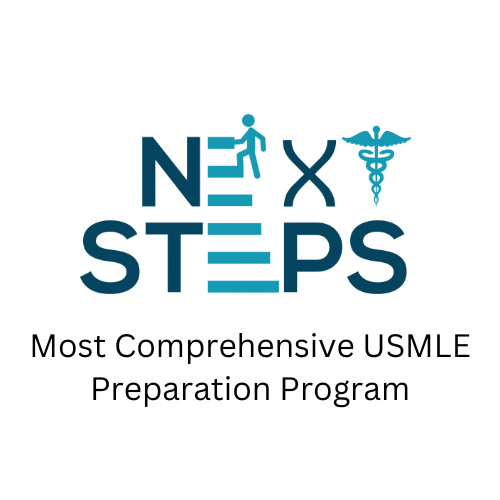USMLE Step 3 is the final part of the United States Medical Licensing Examination. It assesses a candidate’s ability to apply medical knowledge and understanding of biomedical and clinical science necessary for the provision of patient care. Below is a comprehensive guide to the USMLE Step 3 preparation:
-
-
Eligibility and Registration:
Eligibility: Candidates typically take Step 3 after completing Step 1 and Step 2 CK. Medical graduates and international medical graduates are eligible.
Registration: Candidates register for Step 3 through the Federation of State Medical Boards (FSMB) website. The registration process involves selecting a test date and location. -
Exam Format:
Content: Step 3 assesses both foundational knowledge and clinical skills in various specialties, including internal medicine, pediatrics, surgery, obstetrics, and psychiatry.
Question Format: The exam consists of multiple-choice questions (MCQs) and computer-based case simulations (CCS). There are approximately 233 MCQs and 13 CCS cases. -
CCS (Computer-Based Case Simulations):
Simulation Format: CCS cases simulate real patient encounters and test the ability to diagnose, manage, and monitor patient care.
Time Management: Candidates must manage their time efficiently during CCS, as decisions made early in the case affect subsequent developments. -
Preparation:
Study Resources: Candidates often use a combination of textbooks, question banks, and practice exams. Popular resources include UWorld, Kaplan, and the official USMLE content outlines.
Clinical Experience: Clinical experience is a valuable asset in Step 3 preparation, as the exam assesses clinical decision-making. -
Test Day:
Check-in: On the day of the exam, candidates go through the check-in process at the Prometric Test Center, including identity verification.
Exam Structure: The exam is taken on a computer. The multiple-choice questions are divided into six blocks, and candidates have a total of seven hours to complete them. -
Scoring:
Scoring System: Scores for Step 3 range from 1 to 300. The passing score is determined by the USMLE Composite Committee. The three-digit score is reported on the official score report.
Score Reporting: Scores are typically released around four weeks after the exam. Candidates receive a three-digit score and a two-digit score. -
Residency and Licensure:
Residency Completion: Successful completion of Step 3 is often a requirement for residency completion and the ability to apply for a full medical license.
Licensure Application: Many state medical boards require passage of Step 3 for full licensure. Therefore, successful completion of this step is crucial for those planning to practice independently. -
Post-Exam Period:
Clinical Skills Assessment (CSA): Some candidates may already have completed Step 2 Clinical Knowledge (CK) before or after Step 3.
Residency Completion: For those in residency, successful completion of Step 3 is a key milestone in the training process.
In conclusion, USMLE Step 3 is the final step in the licensing process for medical professionals in the United States. It evaluates a candidate’s ability to integrate and apply medical knowledge in the context of patient care. Success in Step 3 is essential for the completion of residency and for obtaining a full medical license for independent practice.
-





